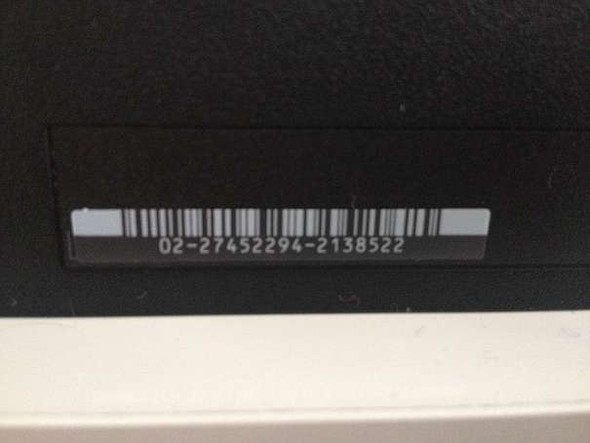
Improved accuracy and stability – The fourth-generation Spyder4Elite has double-shielded colour filters for an even closer match to CIE colour standards and improved long term stability. Spyder4Elite is unique in its ability to calibrate all your display devices to achieve greater consistency. You can calibrate multiple displays connected to your computer. It works with LCD, LED, OLED, CRT, DLP and other display technologies. Single sensor calibrates all your displays – Spyder4Elite works with your laptop, multiple monitors, front projector, television (with paid software upgrade on website), iPad and even iPhone. Full-spectrum colour sensor – Spyder4Elite’s patented 7-colour sensor improves upon colorimeters that use 3-channel RGB sensors.Įach Spyder4Elite unit is individually tuned in the factory to accurately handle a variety of wide-gamut and normal gamut displays with ease. – some basic suggestions to this common problem.The Main Changes with the Spyder 4If you’ve a Spyder 3 elite running V4 software, then the main difference with the new package is in the sensor. – A short article showing why there is more to getting your prints to match your screen, than just calibrating your monitor. The first and most important step is however, calibrating your monitor.There are lots more articles I’ve written, which go into a lot more detail about printing and colour management.



If you send this lightened image to be printed, then there is every chance that the shadows that looked fine to you on your monitor will be too light when printed.Editing images on a monitor that hasn’t been profiled and calibrated leaves all your edit work built on foundations of sand.There are a lot of things you can do to nail things down and be more confident that what you see on your screen is a good approximation to what your camera captured. Monitor ProfilingIf you look at a picture on your monitor, then how do you know that the colour red you are seeing is the one recorded by your camera?If you send files off to a printer, then how can you be confident that the colours they see will be the same as you see?Is the colour white on your screen an accurate representation of white? Is it too warm (yellowish) or too cool (bluish)How do you know that the shadow detail you can see in pictures is really there in the files? If your monitor darkens shadows, then you might be inclined to lighten them.


 0 kommentar(er)
0 kommentar(er)
